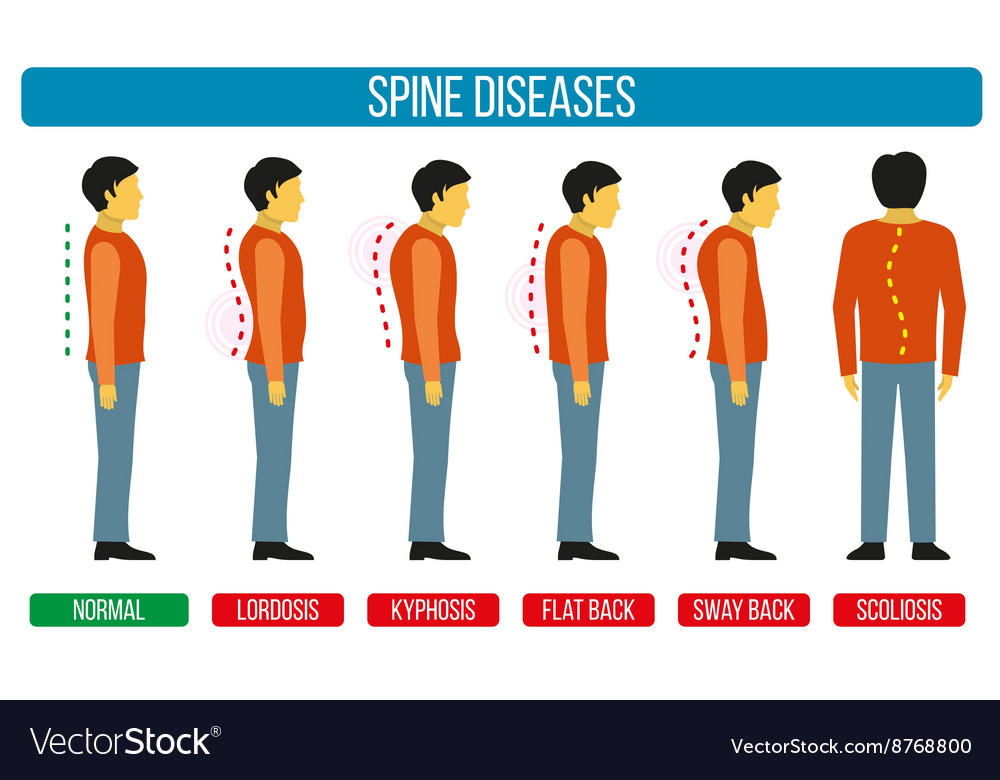A Novice'S Guide To Understanding Cervical Spine Composition And Its Influence On Neck Pain
A Novice'S Guide To Understanding Cervical Spine Composition And Its Influence On Neck Pain
Blog Article
Created By-Ellis Richmond
As you sit there, maybe really feeling an ache of discomfort in your neck, have you ever before thought the complex structures that comprise your cervical spinal column? Understanding just how the vertebrae, discs, and nerves interact in this area can clarify why neck discomfort can be so relentless and debilitating. By exploring the foundations of cervical back makeup and its implications for neck pain, you might uncover insights that might assist you better handle or even stop those bothersome pains and tightness.
Value of Cervical Back Anatomy
Comprehending the significance of cervical spine anatomy is essential in comprehending the intricacies of neck pain. https://www.chiroeco.com/compression-therapy-as-in-office-adjunct-care/ , made up of 7 vertebrae, plays an important role in supporting the head's weight and promoting movement. It houses the spine, which transfers messages between the mind and the rest of the body. Furthermore, the cervical back shields these fragile nerves and gives architectural security to the neck area.
Moreover, the cervical spine enables a wide range of motion, enabling you to transform your head, tilt it sidewards, and nod up and down. Each vertebra has specific features and features that add to the general adaptability and security of the neck. Recognizing the composition of the cervical back can help you understand just how injuries or degenerative problems in this area can bring about neck discomfort and relevant symptoms.
Parts of the Cervical Spine
When exploring the components of the cervical back, it ends up being obvious that its framework consists of 7 vertebrae, labeled C1 to C7, piled on top of each other. These vertebrae are vital as they provide assistance to the head and allow for a wide variety of activity in the neck.
The upper vertebra, C1, additionally referred to as the atlas, sustains the skull and makes it possible for the sluggish motion of the head. Straight under C1 is the C2 vertebra, referred to as the axis, which enables the turning of the head from side to side.
Moving down the cervical back, each vertebra plays a vital function in preserving the back's flexibility and security. Between each vertebra are intervertebral discs that serve as pillows, soaking up shock and avoiding the vertebrae from scrubing against each other.
Recognizing the components of the cervical back is vital in understanding exactly how the spine features and its possible influence on neck discomfort.
Connection In Between Spinal Column and Neck Pain
The link between the spinal column and neck discomfort is a crucial facet of understanding bone and joint pain. Your spine, especially the cervical region, plays a significant role in sustaining your head and allowing for numerous activities. When there's an issue in the spine, such as a herniated disc or imbalance, it can directly affect the surrounding cells and nerves, leading to neck discomfort. Poor pose, injuries, and degenerative problems can all contribute to spine-related neck discomfort.
It's vital to identify that the back and neck feature as a cohesive device. Any type of abnormalities or discrepancies in the spine can create strain on the neck muscle mass and ligaments, resulting in discomfort and rigidity.
click the up coming website that you have a standard understanding of cervical back anatomy and its connection to neck discomfort, you can much better value the intricacies of your own neck pain. Remember, the wellness of your cervical spinal column plays a vital duty in supporting your head and helping with movement, so it is essential to look after it through correct posture, workout, and regular check-ups with a health care expert. Remain informed and proactive about your back health to avoid and manage neck pain efficiently.
